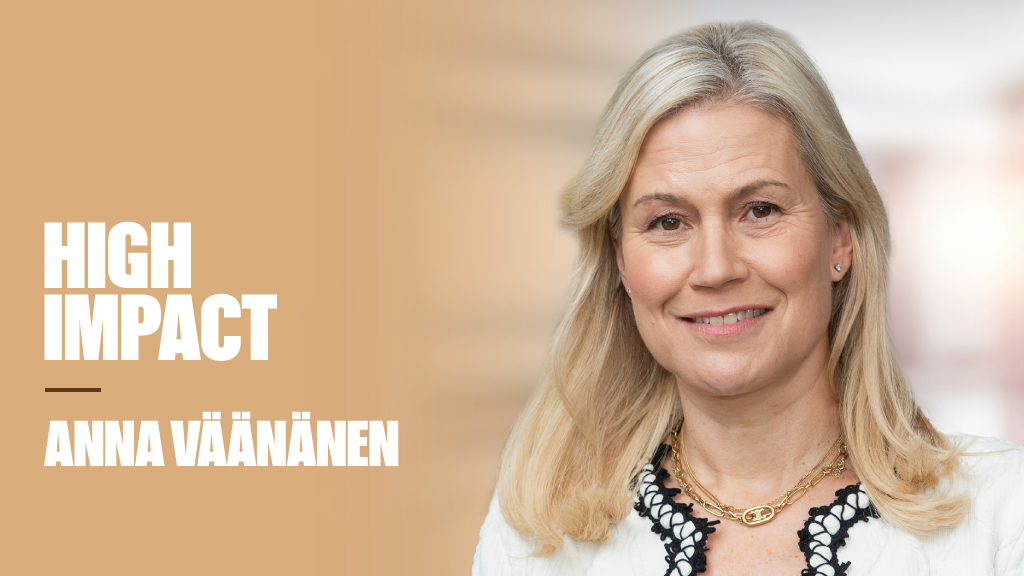“The reports of my death are greatly exaggerated”, was a misquotation attributed to Mark Twain after reading that his obituary had been published prematurely in the New York Journal in 1897. This phrase also seems applicable to the current state of the IFA industry, if recent figures published by the FCA illustrating how adviser numbers have grown in the first six months post-RDR are to be believed.
As we commented in our recent report for BNY Mellon, Challenge and Opportunity: The Impact of the RDR on the UK’s Market for Financial Advice, there have been a number of occasions in the past when commentators have forecast the demise of the IFA sector, and largely these have been proven wrong or at least premature. Intermediaries who have built their businesses on the foundation of strong client relationships, and commitment to personal service, have proved surprisingly resilient to change. Previous challenges, such as commission disclosure, the threat from the bancassurers and fund supermarkets, did not have the impact on the strength of the IFA sector that some predicted.
IFAs we spoke to for our report argued that, outwardly, things may be changing but, fundamentally, many investors need advice. What investment products provide is largely intangible and therefore the key piece in the jigsaw will always be personal service. The sector is not about products but rather about people – and intermediaries not only understand this but are also focused on ensuring they continue to stay close to their clients; to understand their needs and to ensure clients regard their IFAs and wealth managers as being their principal source of financial advice.
Buffeted around
What if this time, though, projections on the sector’s demise might not be exaggerated? Post-RDR, the IFA sector faces some serious headwinds. For instance, the changes and complexities around adviser charging, pressures on revenue and increased cost of providing advice, have seen adviser numbers drop, according to our research.
Furthermore, perhaps even more significantly, is the change in the way technology and social media are affecting the customer experience and expectations of service. We argue that an increasingly financially literate, computer-savvy clientele will accelerate D2C models, so adviser optimism on future revenues may need to be reconfigured. If adviser charging is causing both existing and potential IFA clients to think about how much they are paying for advice, the growth in online services perhaps calls into question the need for a personal face-to-face service at all.
A further factor we identified was the simple but very stark fact that there are not necessarily going to be enough of the right types of client to go around all of the IFAs, wealth managers and private banks in the UK who are dependent on their custom. Our study suggests that each adviser will typically need 150 clients, with portfolios of £150,000, to generate £220,000 pa, our estimate of the revenue target needed to be viable. Given that there are only 850,000 people in the UK with investable assets of more than £150,000 the maths of this would suggest IFA numbers have to fall.
In the past, many smaller IFAs had been able to make a living on turnover of less than £220,000 pa, typically, as a member of an IFA network. Given the regulatory and commercial challenges of providing advice on a genuinely whole-of-market basis for all types of packaged retail products, it is not difficult to see why advisers have been willing to give up their independence and join larger organisations such as St James’s Place or Towry who are able to offer the prospect of a less complicated future.
Threatened species
The post-RDR landscape is no doubt competitive; new entrants like Nutmeg add to the already significant threat from the direct providers such as Hargreaves Lansdown, which now manages around £30bn for close to half a million UK clients. While there is significant evidence to suggest a drop in IFA numbers over the next few years – perhaps a decline of up to 30% to 50% – we should not over-simplify the situation.
Wealth managers have argued that while a competitor such as Hargreaves Lansdown posed a threat to the wider adviser market, there remained enough clients seeking a personal service to enable both business models to co-exist; it was not the death knell for the IFA sector. But the threat from direct providers is now increasing exponentially, not just from new entrants to the market but from well-established firms such as Fidelity, which might traditionally have been seen as a partner to the IFA community.
Faced with watching its market share diminish if adviser numbers dwindle, Fidelity has ramped up its drive to attract direct clients with a website offering ‘guidance’ in a way which is far in advance of a traditional execution-only service aimed at sophisticated investors. This is targeting the very market that many IFAs have relied on and it is not difficult to see that every bank, building society, insurance company and financial services retailer such as Tesco is going to have an online presence that will make it even tougher for advisers to be the first port of call for their clients to turn to when investing their money.
The evolutionary process
One of our key conclusions is that firms must either become large enough to deliver a scalable proposition efficiently, or they need to be capable of offering a bespoke, high-touch service, which clients are willing to pay for. We are seeing an increasing number of firms with web-based client portals and, to survive the competitive challenges from online providers, it will be necessary for IFAs to consider how they can evolve to offer a service which is an appropriate mix of face-to-face, phone and internet delivery.
This affects a further consequence of RDR, the number of firms giving up the ‘independent’ label and opting for restricted status. It is not difficult to see why this makes sense for a significant number of advisers who want to offer their clients a relatively focused range of core services. If the client proposition is based around risk-graded model portfolios, then being able to shed the onerous burden of proving competency across the whole of the retail product range has real attractions for IFAs striving to remain profitable post-RDR.
Given that restricted advisers can still be whole-of-market when selecting investment funds, not being able to advise on more esoteric or specialist investment products, such as investment trusts or EIS, may have no impact at all on an IFA firm targeting a mass affluent client base typically investing £50,000 to £250,000.
While some clients may continue to value having an adviser who is able to advise across the whole of the product range, the new legislation simply confirms the widely acknowledged view that a significant number of firms operating under the IFA banner based their client proposition upon a limited range or panel of providers.
What’s in a name
We would question to what extent the label ‘independent financial adviser’ will be of any real significance in the future in the mass market. For those firms who want to focus on offering relatively sophisticated advice and planning solutions to high net worth individuals willing to pay for a bespoke service, it is obvious to see why remaining ‘independent’ will be a significant element of their marketing strategy.
In our report, we found that 88% of advisers will continue to use ‘independent’ although 58% expect to see a shift to ‘restricted’. These firms are increasingly using labels such as ‘wealth manager’ to differentiate themselves from the tired and tarnished reputation of the IFA industry which has been frequently derided in the consumer press over the past 20 years for mis-selling and mis-informing.
Nevertheless, the IFA community is resilient and resourceful, and they will need to combine these qualities with a strong emphasis on marketing and a very clear understanding of their business model – how they add value, and how they remain profitable.










